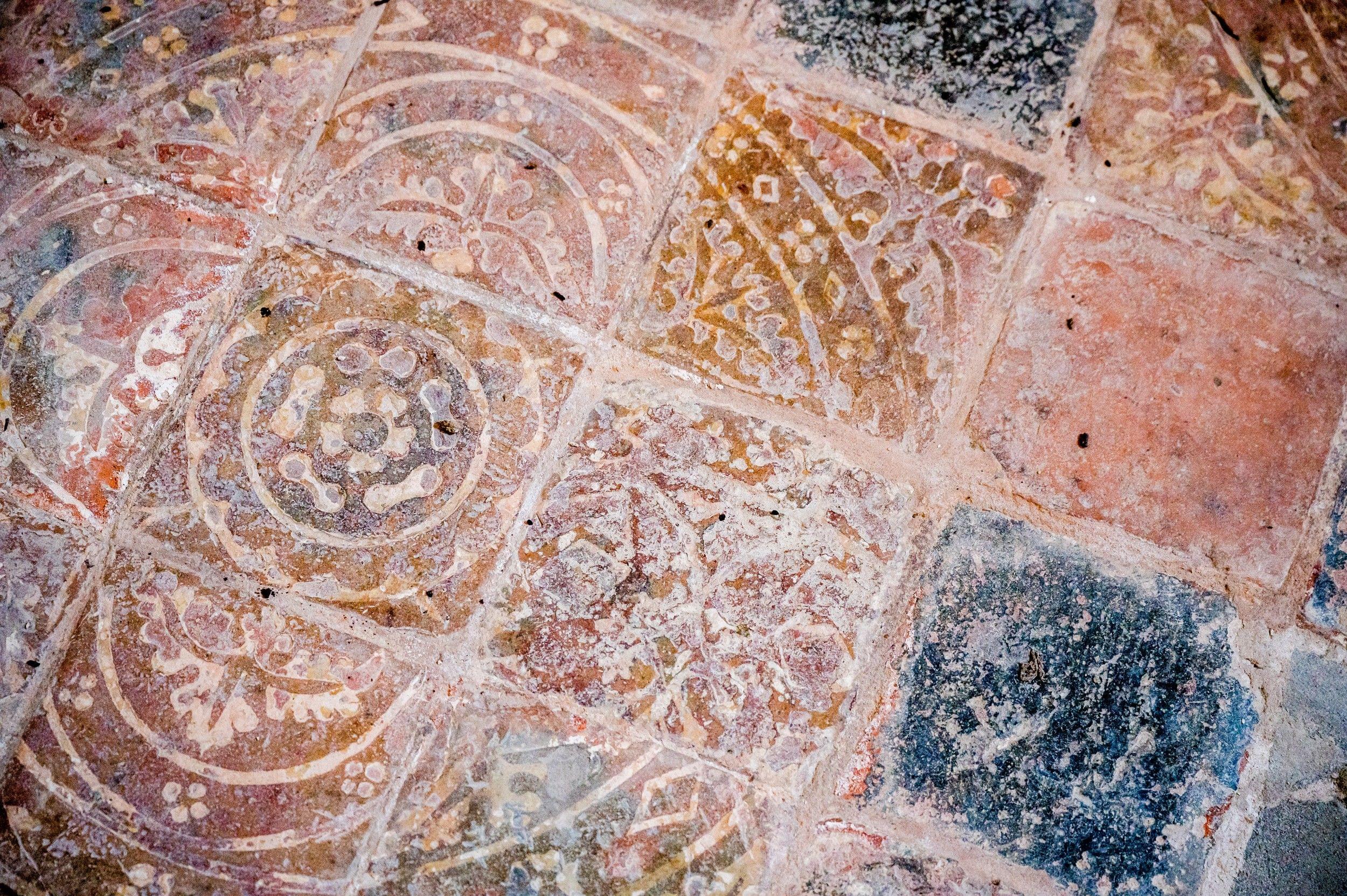St Lawrence
Bardney, Lincolnshire
The church has close associations with Bardney Abbey, a Benedictine monastery founded in 697 by King Ethelred of Mercia.

A modest temporary structure adapted from an agricultural use. It has an intimate charm.
Bardney, Lincolnshire
Miss Gladys Peet was received into the Roman Catholic Church in the late 1920s and was at that time the only Catholic in Bardney. During the Second World War Mass was said at Bardney airfield (closed in 1945). The large sugar beet factory (opened in 1927) brought in Irish Catholic migrant workers. Land was purchased towards the end of the war and ‘an old poultry hut’ converted into the chapel. Fittings were acquired from chapel of the US forces base at nearby Nocton Hall.
A humble wooden building on a red brick base, though a little grander than the ‘old poultry hut’ implies. Rectangular plan with a small gabled porch. The walls are clad in vertical tongue and groove boarding. Rectangular windows with opaque glass. Neat interior, the small sacristy and confessional screened off behind the altar. No fittings of particular note, although the Stations of the Cross have a naïve charm and are said to have been made by Italian prisoners of war, as was the crib stored in the sacristy.
Bardney, Lincolnshire
The church has close associations with Bardney Abbey, a Benedictine monastery founded in 697 by King Ethelred of Mercia.
Bardney, Lincolnshire
A Methodist Society was formed in Bardney as early as 1788, 44 years after John Wesley's first conference.
Southrey, Lincolnshire
This small village church was built as a temporary structure in 1898 by the villagers and the local carpenter Richard Turner, standing on a concrete base with stones from Bardney Abbey in its foundations.